
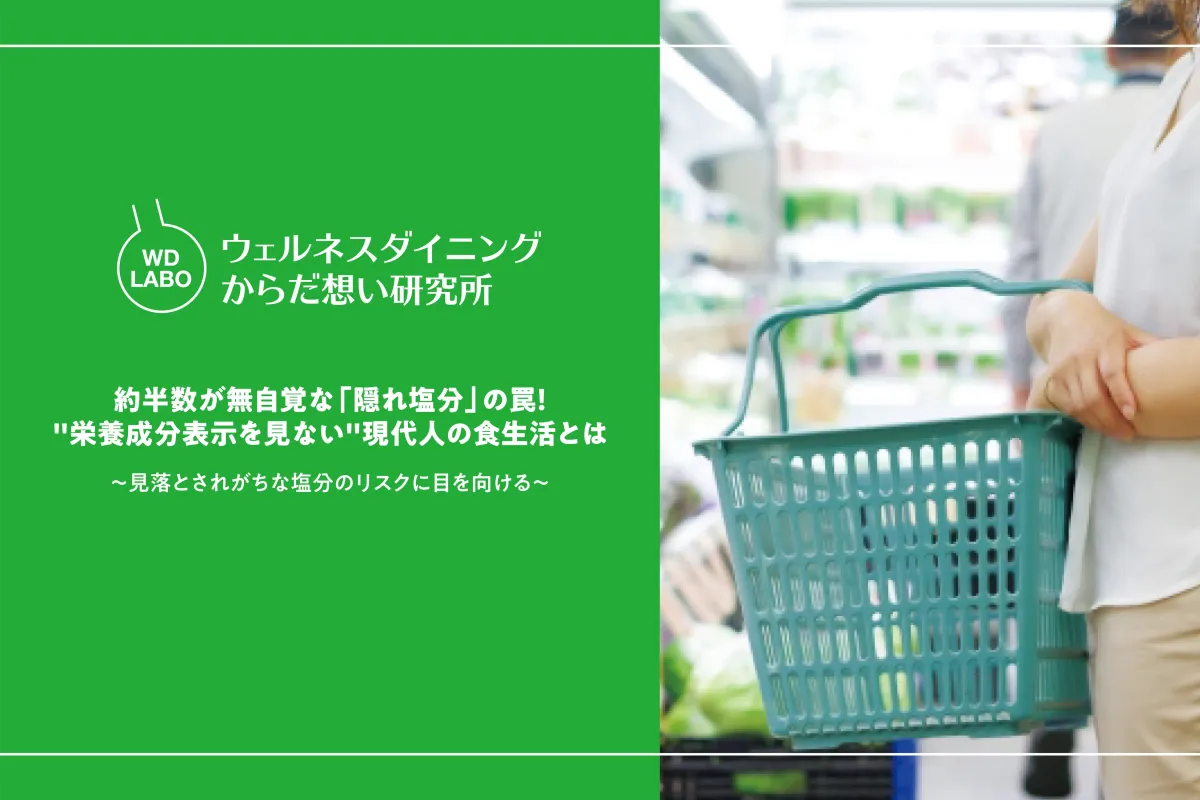
Hidden Sodium: The Unseen Risk in Modern Diets and Consumer Awareness
The Hidden Risk of Sodium in Modern Diets
A recent study conducted by Wellness Dining Co., Ltd., based in Sumida, Tokyo, sheds light on the concerning issue of hidden sodium in the diets of modern consumers. The survey targeted men and women aged 20 to 60 across Japan, revealing a stark lack of awareness about sodium intake among many individuals. Only 15.3% of participants reported that they consider sodium levels when purchasing food, highlighting a troubling disregard for dietary salt content.
The Survey Results
The study provided several fascinating insights:
- - Self-Cooking Frequency: 58% of respondents claim to cook at home five days a week or more, signaling a greater interest in preparing meals themselves. However, 20.7% stated they never cook at home, illustrating varied eating habits.
- - Factors Influencing Purchase Decisions: An overwhelming 64.7% of respondents prioritized price when buying food, while only 15.3% paid attention to sodium content, demonstrating a significant gap in nutritional awareness.
- - Nutritional Labels Ignored: A combined 46% of participants seldom or never check nutritional labels, indicating a general trend of neglect towards understanding what they consume.
Awareness of Sodium in Beverages and Convenience Foods
Additionally, the survey asked participants to identify which beverages contain the highest levels of sodium. Surprisingly, less than 40% identified sports drinks as the top sodium culprit correctly. When examining convenience foods, items like boxed meals were frequently highlighted as having significant salt content, often masked under a healthy image.
Importance of Awareness
The survey results clarify a critical gap in modern dietary consciousness regarding sodium intake. While many individuals engage in the activity of home cooking, their lack of focus on sodium levels and nutritional information in packaged foods poses a clear health risk. This raises alarms about lifestyle diseases such as hypertension, demonstrating the need for better educational initiatives surrounding nutritional awareness.
Recommendations from Wellness Dining’s Nutritionists
In light of the survey revelations, Wellness Dining's nutritionists have proposed several strategies to combat the issue of hidden sodium:
1. Check Sodium Content: Always look for the 'equivalent salt content' figure on nutritional labels when selecting products. Understanding daily intake guidelines is crucial in maintaining health.
2. Be Aware of Hidden Sodium Sources: Familiarize yourself with unexpected foods that may contain high sodium levels, such as sports drinks and seemingly healthy options like vegetable juice or sandwiches.
3. Natural Reduction Methods: Incorporate potassium-rich foods like fruits and vegetables and use alternative seasoning methods to reduce salt without sacrificing flavor.
Moving Forward
The modern consumer landscape demands a shift in awareness regarding sodium consumption. Individuals must become proactive in checking sodium levels while shopping and understand the nutritional content of what they consume. Awareness campaigns and educational resources from companies like Wellness Dining aim to foster a deeper understanding of dietary health and promote healthier eating habits.
With the ongoing diversification of food options, it’s essential to tackle the issue of hidden sodium effectively. Making informed decisions today can pave the way for healthier lifestyles in the future, ultimately leading to an improved quality of life for all consumers. Wellness Dining is committed to supporting this mission and enhancing health awareness among the general public.
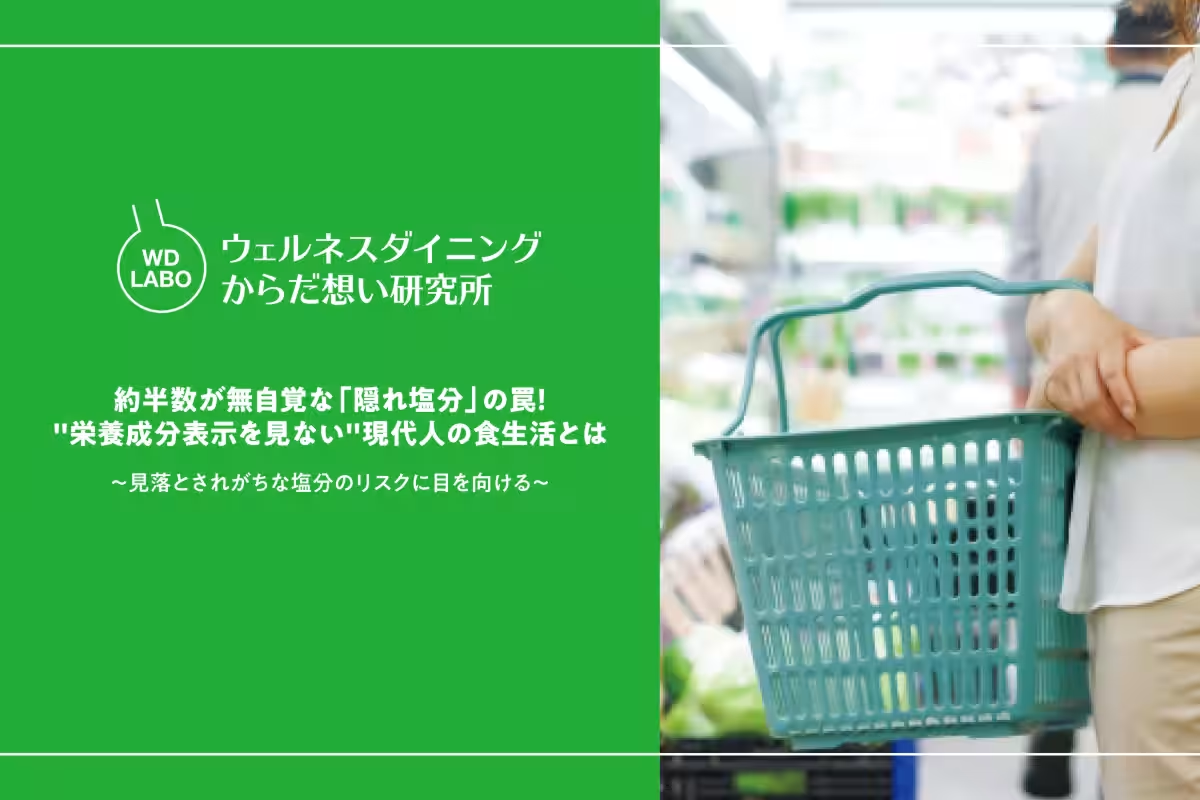


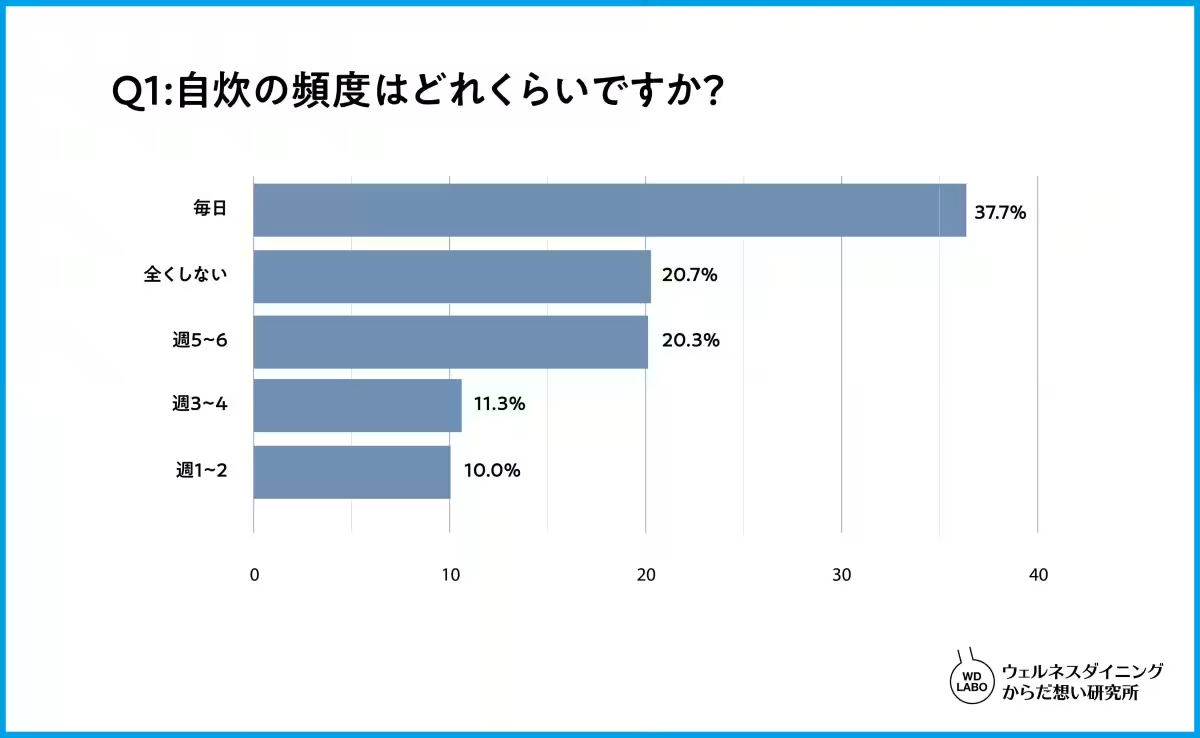
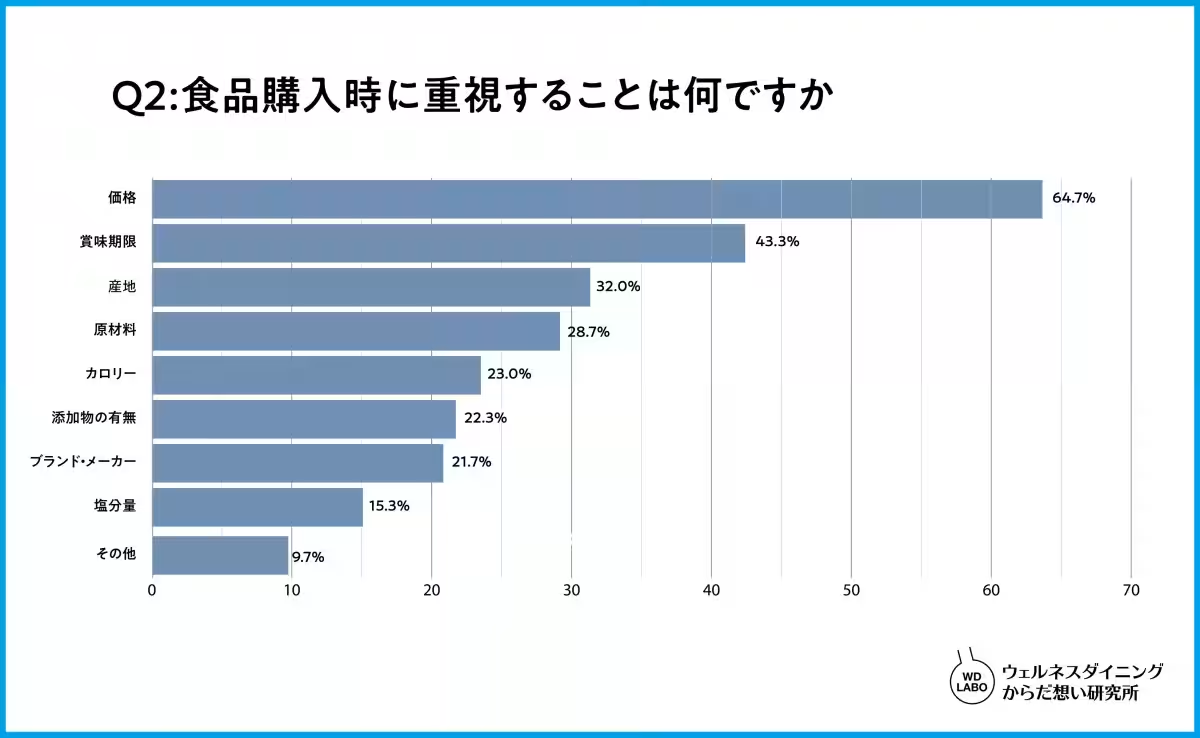

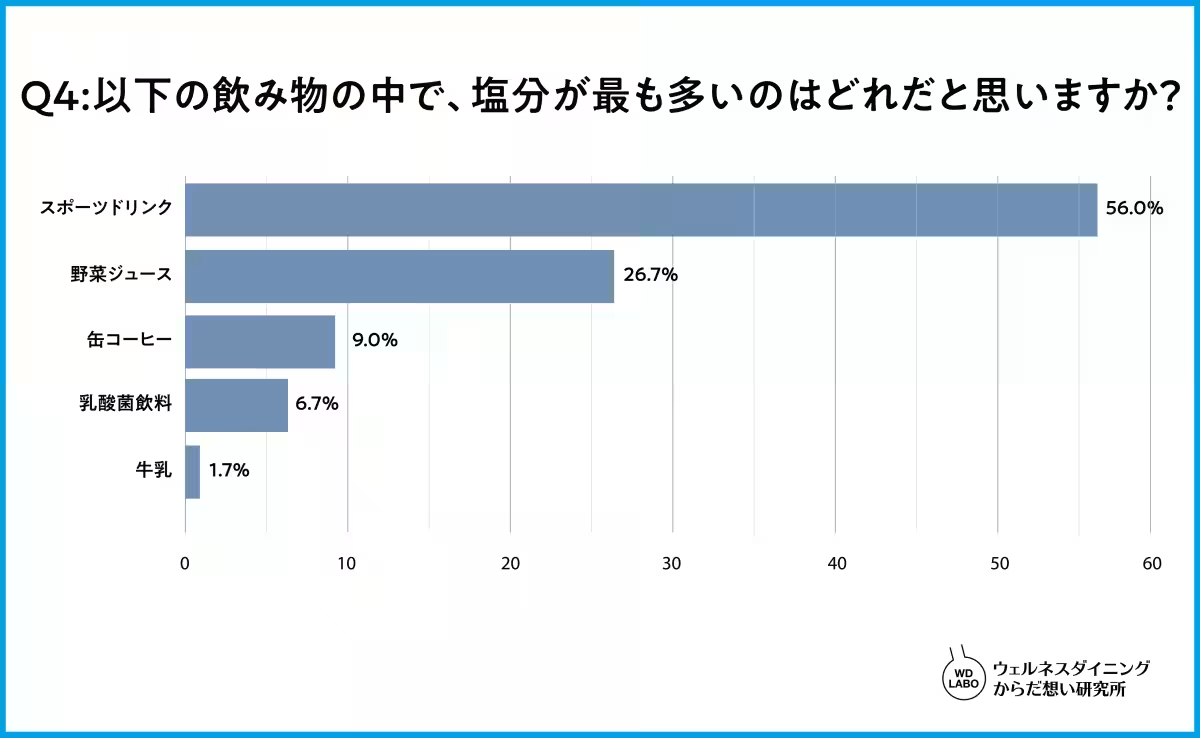
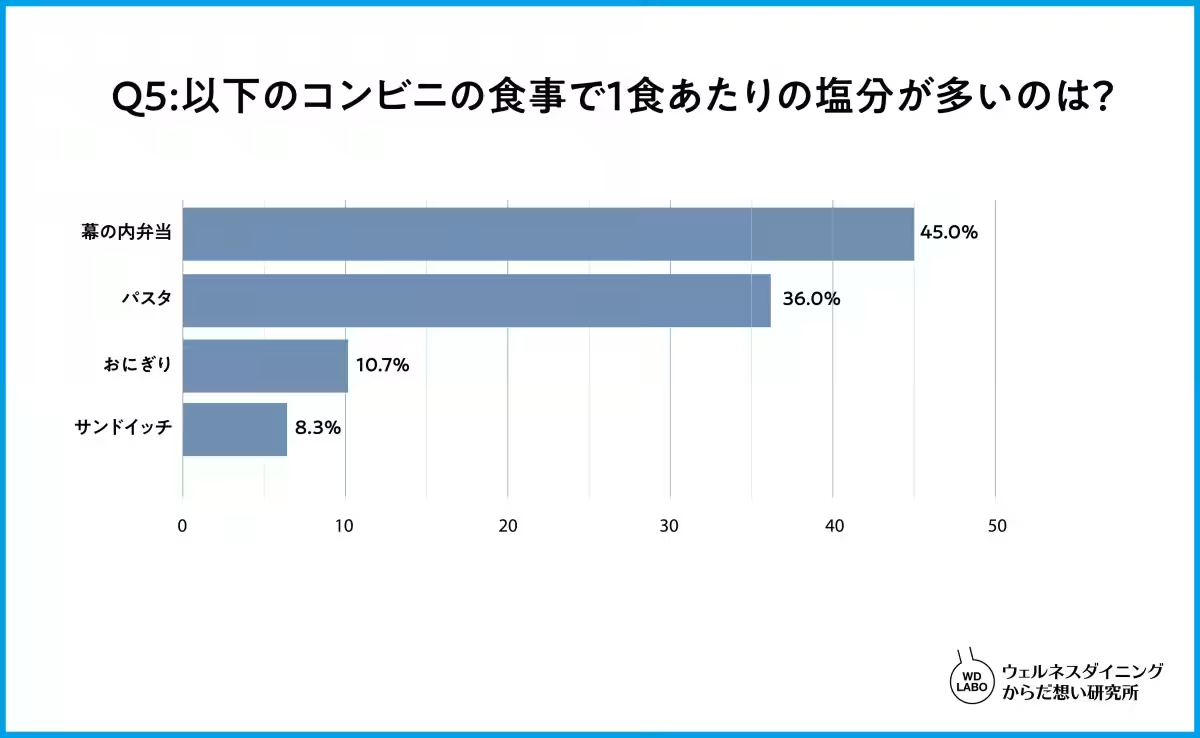
Topics Health)










【About Using Articles】
You can freely use the title and article content by linking to the page where the article is posted.
※ Images cannot be used.
【About Links】
Links are free to use.